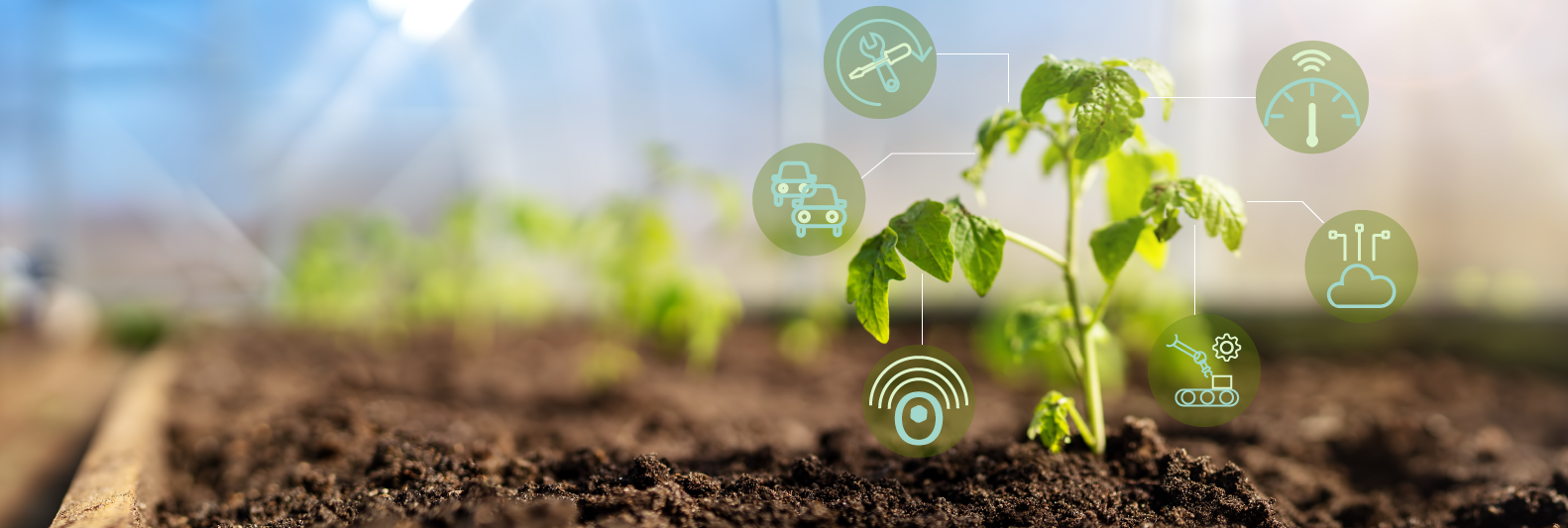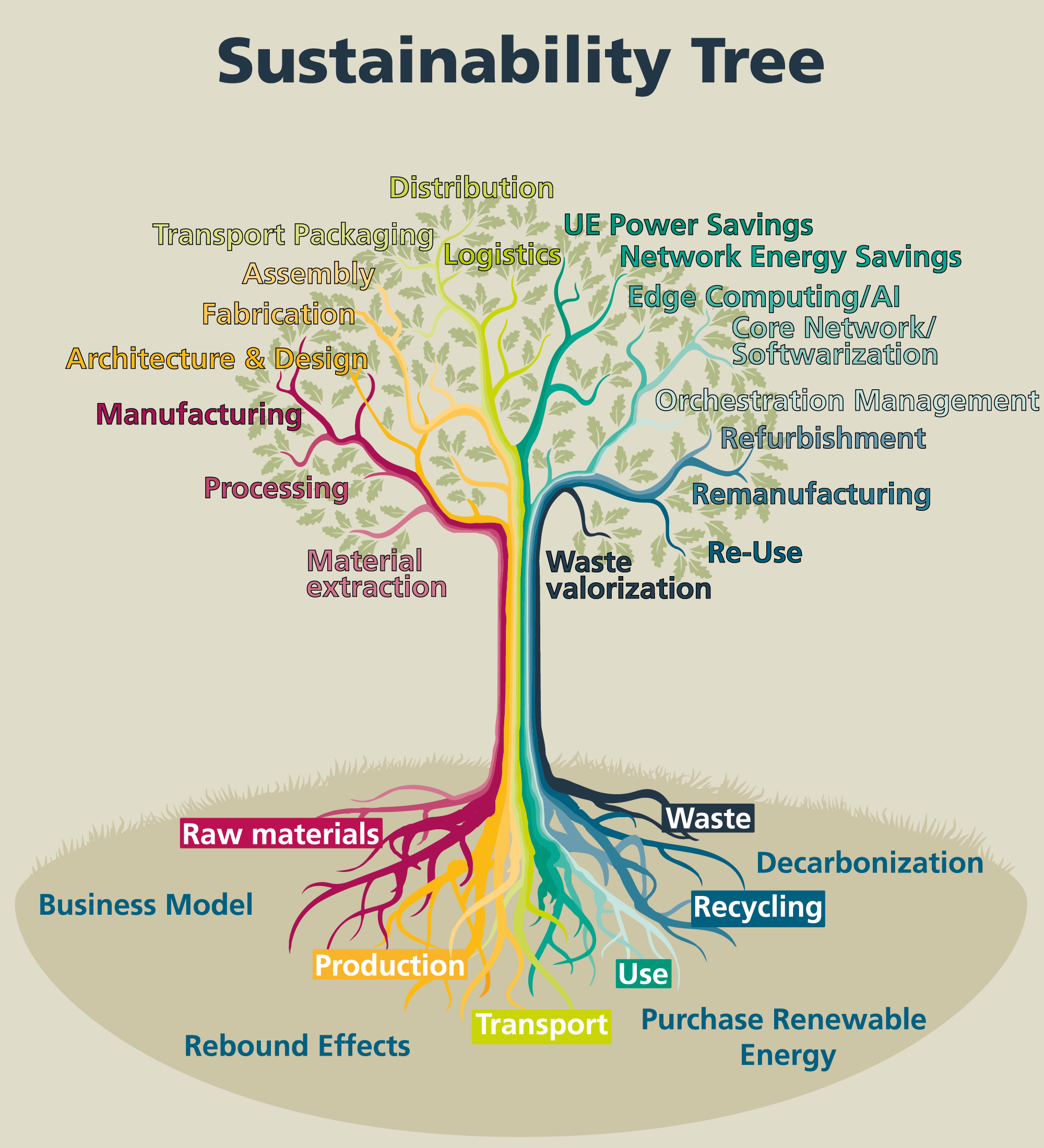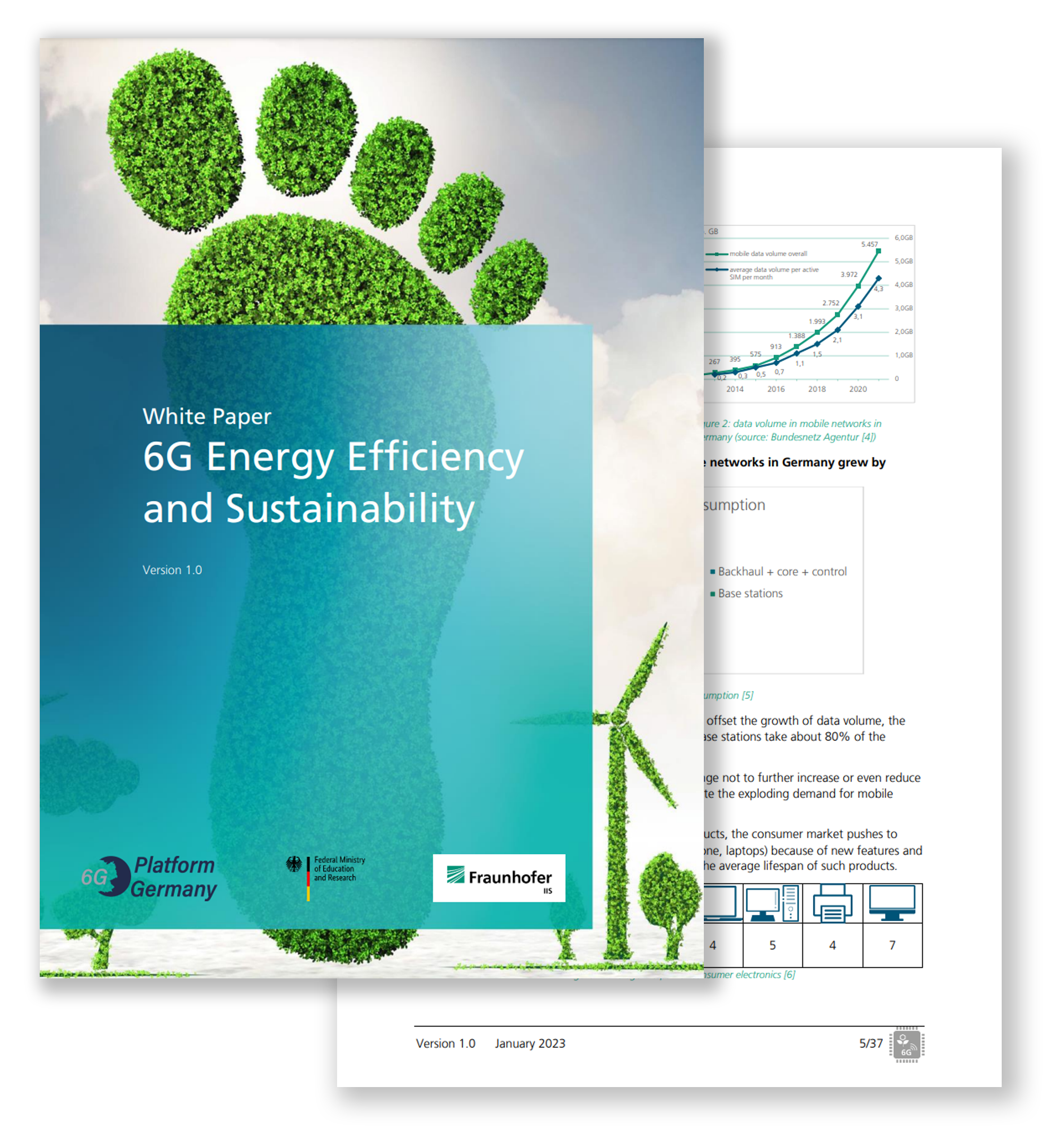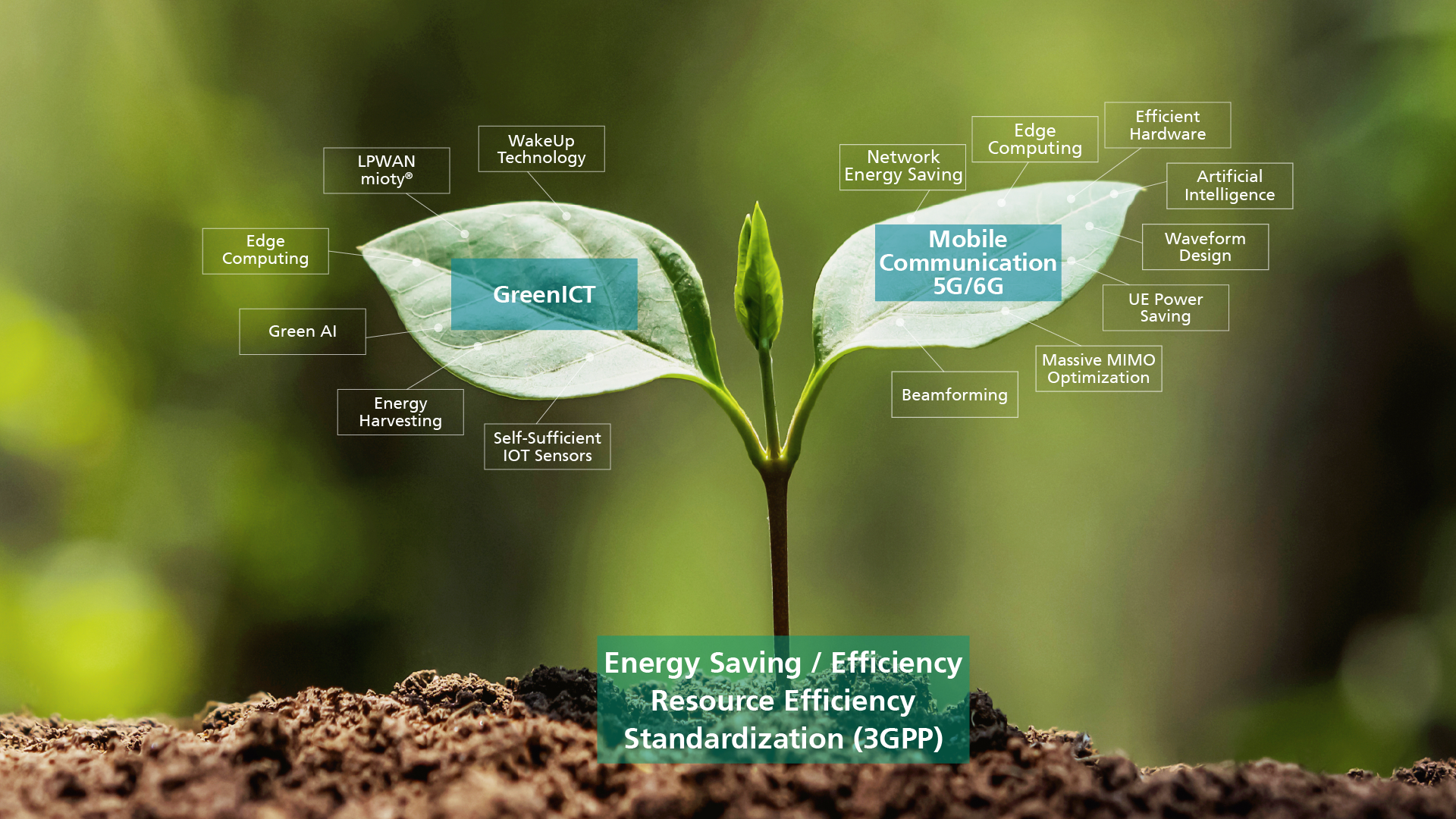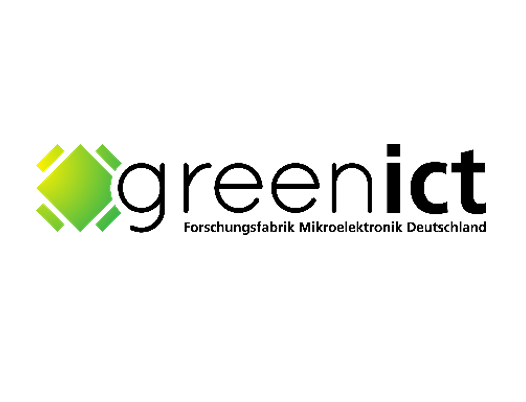The word sustainability is on everyone's lips today: Achieving it will require a worldwide joint effort at all levels of society. In view of the deteriorating global environmental and climate conditions and the increasingly energy- and resource-intensive lifestyle of consumers in an increasingly digitalized and networked society, joint initiatives from industry, research institutes and standardization bodies are focusing their efforts on the topic of sustainability. They are working together on methods, KPIs, benchmarks and solutions for resource and energy efficiency for current and future generations of IoT and mobile communications.
